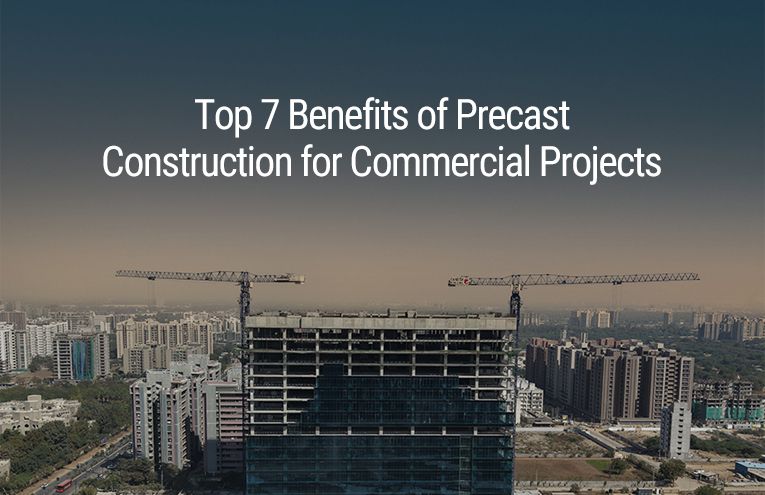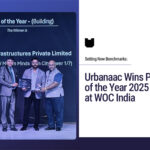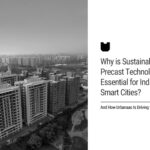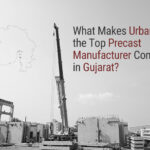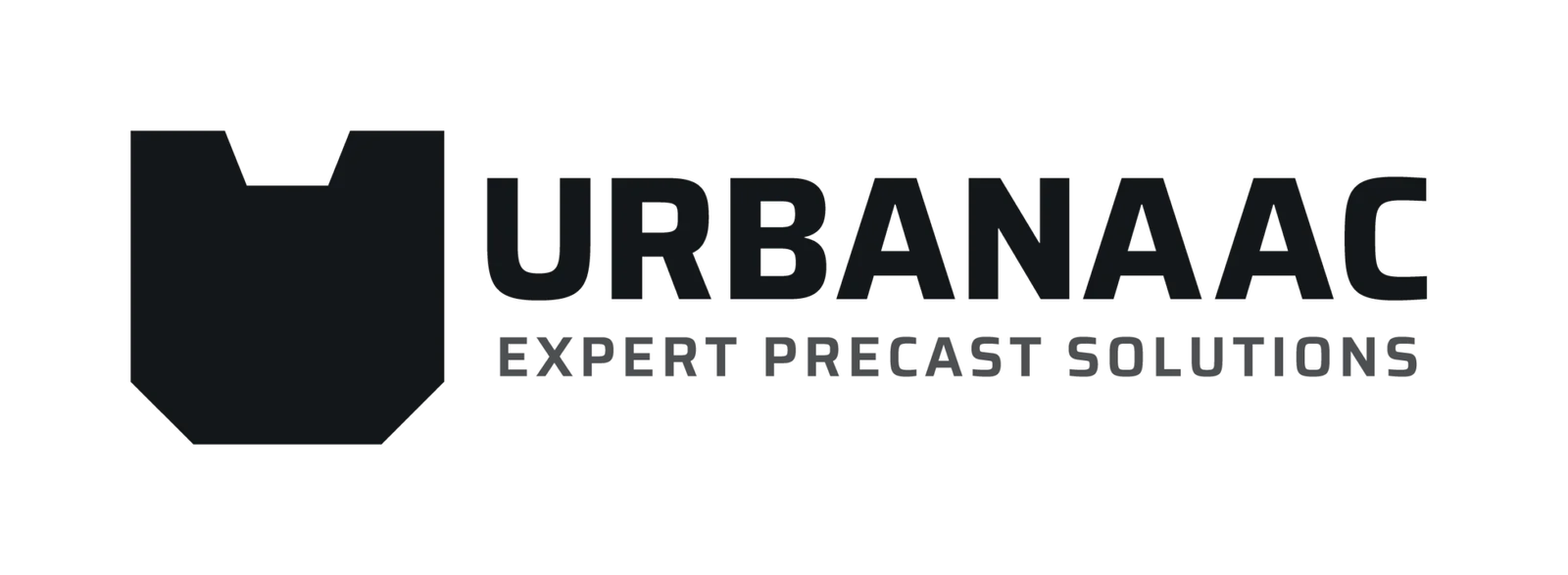Whether it is a commercial project or residential, Precast is shaping the future of construction technology. Urbanaac is proud to pioneer this shift with a bold vision for redefining urban development.
Why Is Precast Construction Gaining Popularity in Commercial Projects?
The answer is its efficiency, scalability, and sustainability. Unlike traditional concrete poured onsite, precast construction reduces dependency on weather, streamlines the construction timeline, and delivers consistent quality from start to finish.
Let’s break down the top 7 advantages of using precast concrete for commercial construction projects.
1. Faster Construction Timelines.
Quicker Timelines for Construction.
One of the main advantages of precast construction is its speed. Precast components are manufactured offsite concurrently with the onsite foundation work. There is no waiting or delay when these fully cured components arrive at the location. When compared to traditional methods, this parallel workflow can cut project timelines by as much as 50%.
2. AllWeather Construction Capability
Precast production continues rain or shine. Weatherrelated delays are virtually nonexistent because it takes place in a factory.
Even during the winter or monsoon seasons, indoor manufacturing guarantees consistent output.
YearRound Progress: Don’t let seasonal slowdowns derail your project.
3. Improved Consistency and Quality
In a factory, quality control is simpler than on a busy construction site.
Standardized Production: To ensure consistency, each component is cast in precise molds.
Thorough Testing: Before leaving the facility, components are examined for durability, strength, and finish.
Reduced OnSite Errors: Fittosize components lessen installation problems and rework.
4. Increased Security on Building Sites
By moving the majority of laborintensive tasks offsite, precast dramatically lowers onsite risk.
Decreased Formwork and Scaffolding: reduced exposure to equipment risks and fall hazards.
Safer Sites, Smaller Crews: Safer working conditions and fewer injuries are the results of controlled environments.
Ergonomic Workspaces: Workers operate in optimized settings, reducing fatigue and improving performance.
5. Budget Efficiency and Cost Savings
Let’s discuss the numbers: precast is surprisingly costeffective.
Reduced Labor Costs: You save a lot of money on labor when fewer employees are required onsite.
Minimal Material Waste: Concrete waste is decreased by factory precision.
Cost Predictability: More precise budgeting and fewer unforeseen expenses are made possible by standardized production.
6. Superior Structural Integrity and Durability
Precast concrete is solid; it doesn’t just appear that way.
Weather Resistance: It can withstand heat, rain, freezethaw cycles, and even earthquakes.
PestRepellent: Precast doesn’t draw termites or rodents like wood does.
LongTerm Performance: Compressive strength frequently surpasses 5000 psi, making it stronger than many onsite mixes.
7. Aesthetic Freedom and Design Flexibility
Who says beauty and speed can’t coexist?
Custom Finishes: You can create almost any kind of visual effect, from textured to polished.
Freedom of Architecture: Curves, patterns, and embedded elements are possible with precast.
Smooth Integration: The panels’ MEP (mechanical, electrical, and plumbing) systems can be planned.
Precast Construction's Sustainable Advantage.
Today’s commercial projects must be environmentally responsible and efficient. Precast fulfills both requirements.
- EnergyEfficient Manufacturing: Overall energy consumption is reduced by controlled processes.
- Reduced OnSite Pollution: During installation, there is less waste, noise, and dust.
- Recyclable Materials: After demolition, many precast elements can be reused because they are made from recycled aggregates.
Conclusion:
The Significance of Precast in Commercial Construction for the Future
Precast construction provides developers and contractors with the three essential components of a contemporary commercial building: strength, safety, and speed.
Precast construction is quickly taking the lead in high performance commercial projects due to its predictable timelines, cost effectiveness, reduced environmental impact, and superior aesthetics.
Collaborate with Urbanaac to Provide Intelligent Precast Solutions
Our specialty at Urbanaac is providing complete precast solutions that are suited to contemporary business requirements. We design buildings that function as well as they look, whether they are office towers, commercial buildings, or retail establishments.
Together, let’s create something durable.
For a consultation or project estimate, get in touch with us right now.


